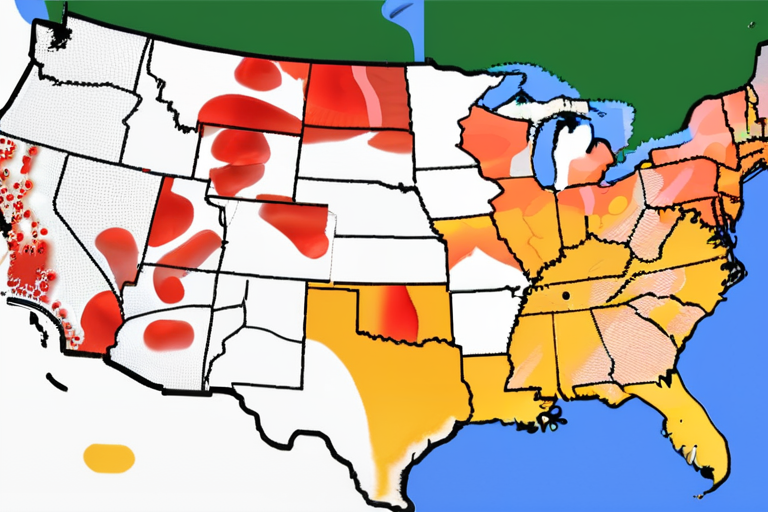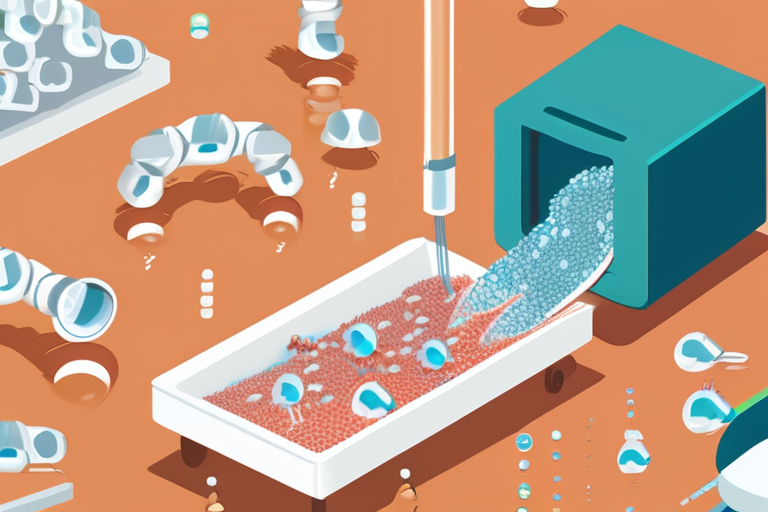Penn State scientists have identified a striking rise in melanoma across several Pennsylvania counties dominated by cropland and herbicide use. According to research led by the Penn State Cancer Institute, adults over age 50 living in a 15-county area of South Central Pennsylvania were 57% more likely to be diagnosed with melanoma, the deadliest form of skin cancer, between 2017 and 2021.
The elevated risk persisted even after factoring in sunlight, suggesting an environmental influence beyond the usual expectations. Researchers warn that drifting chemicals may expose nearby residents, not just farm workers, to potential carcinogens. "This study highlights the need for a more nuanced understanding of the relationship between environmental exposures and cancer risk," said Dr. Sarah Taylor, lead author of the study and a researcher at the Penn State Cancer Institute. "We're not just talking about farm workers; we're talking about people living in these communities who may be exposed to these chemicals through various pathways."
The 15 counties identified in the study are located in South Central Pennsylvania, an area known for its intensive agricultural production. Researchers analyzed cancer registry data collected from 2017 through 2021, which showed that melanoma rates were significantly higher in these counties compared to other parts of the state. The study's findings suggest that the increased risk of melanoma may be linked to the use of herbicides and other chemicals in agricultural settings.
The implications of this study are significant, as they point to a potential environmental risk factor for melanoma that has not been previously well understood. "This study is a wake-up call for policymakers and public health officials to take a closer look at the environmental exposures that may be contributing to cancer risk in these communities," said Dr. Taylor. "We need to consider the cumulative effects of these exposures and take steps to mitigate them."
The study's findings have important implications for public health and policy. As the use of herbicides and other chemicals in agriculture continues to grow, it is essential to consider the potential risks to human health. "This study highlights the need for a more comprehensive approach to cancer prevention and control, one that takes into account the complex interplay between environmental, social, and economic factors," said Dr. Taylor.
The Penn State Cancer Institute is currently working with policymakers and public health officials to develop strategies for reducing the risk of melanoma in these communities. The study's findings have also sparked a renewed interest in the potential health effects of herbicides and other chemicals in agricultural settings.
In related news, the Pennsylvania Department of Agriculture has announced plans to review the use of herbicides and other chemicals in agricultural settings, with a focus on identifying potential risks to human health. The department will work with stakeholders, including farmers, public health officials, and environmental groups, to develop a comprehensive approach to managing these risks.
As research continues to uncover the complex relationships between environmental exposures and cancer risk, it is essential to consider the potential implications for public health and policy. The study's findings serve as a reminder of the need for a more nuanced understanding of the environmental factors that contribute to cancer risk and the importance of taking steps to mitigate these risks.



























Share & Engage Share
Share this article